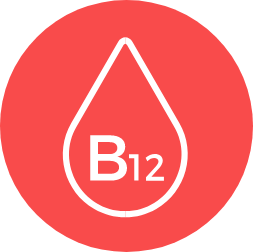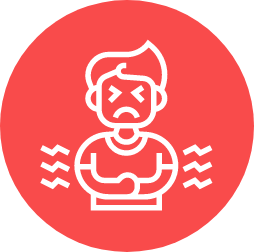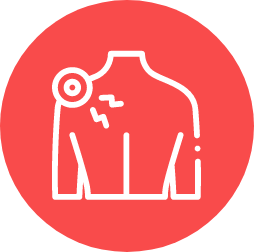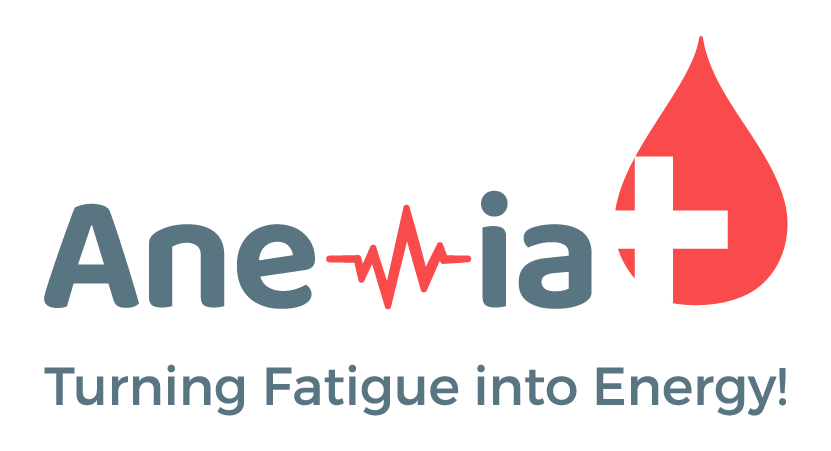What is Anemia?

Anaemia (WHO definition) is a condition in which the number of red blood cells or the haemoglobin concentration within them is lower than normal.
Haemoglobin is needed to carry oxygen and if you have too few or abnormal red blood cells, or not enough haemoglobin, there will be a decreased capacity of the blood to carry oxygen to the body’s tissues.
NFHS Anemia Classification
Types of Anemia


Iron-Deficiency Anemia

Caused by insufficient iron levels, leading to a decrease in the production of red blood cells

Vitamin-Deficiency Anemia

Caused by low levels of vitamin B12 or folic acid, which are essential for red blood cell production.

Pernicious Anemia

A type of vitamin B12 deficiency anemia, usually caused by impaired absorption due to a lack of intrinsic factor.

Hemolytic Anemia

Caused by the premature destruction of red blood cells.

Aplastic Anemia

Occurs when the bone marrow does not produce enough new blood cells.

Sickle Cell Anemia

A genetic disorder that results in misshapen red blood cells, causing various complications.

Thalassemia

A genetic disorder resulting in the production of abnormal or insufficient hemoglobin.

Anemia of Chronic Disease

Often occurs in people with chronic illnesses like cancer, HIV/AIDS, rheumatoid arthritis, and kidney disease.

Fanconi Anemia

A rare, inherited blood disorder leading to bone marrow failure.

Autoimmune HemolyticAnemia

Occurs when the immune system mistakenly destroys red blood cells.

Diamond-Blackfan Anemia

CA rare inherited bone marrow failure syndrome, often present at birth.

Pure Red Cell Aplasia

A rare condition where the bone marrow ceases to produce red blood cells.
Causes & Risk Factors


Inherited red blood cells disorders

Deficiency of nutrients: Iron, vitA, folate, vitB12

Chronic disease

Heavy menstruation and pregnancy-ralted issues

HIV

Parasitic Infection
Anemia Symptoms

Anemia Signs


